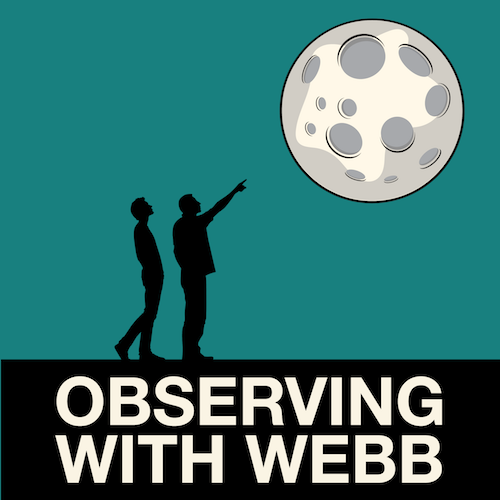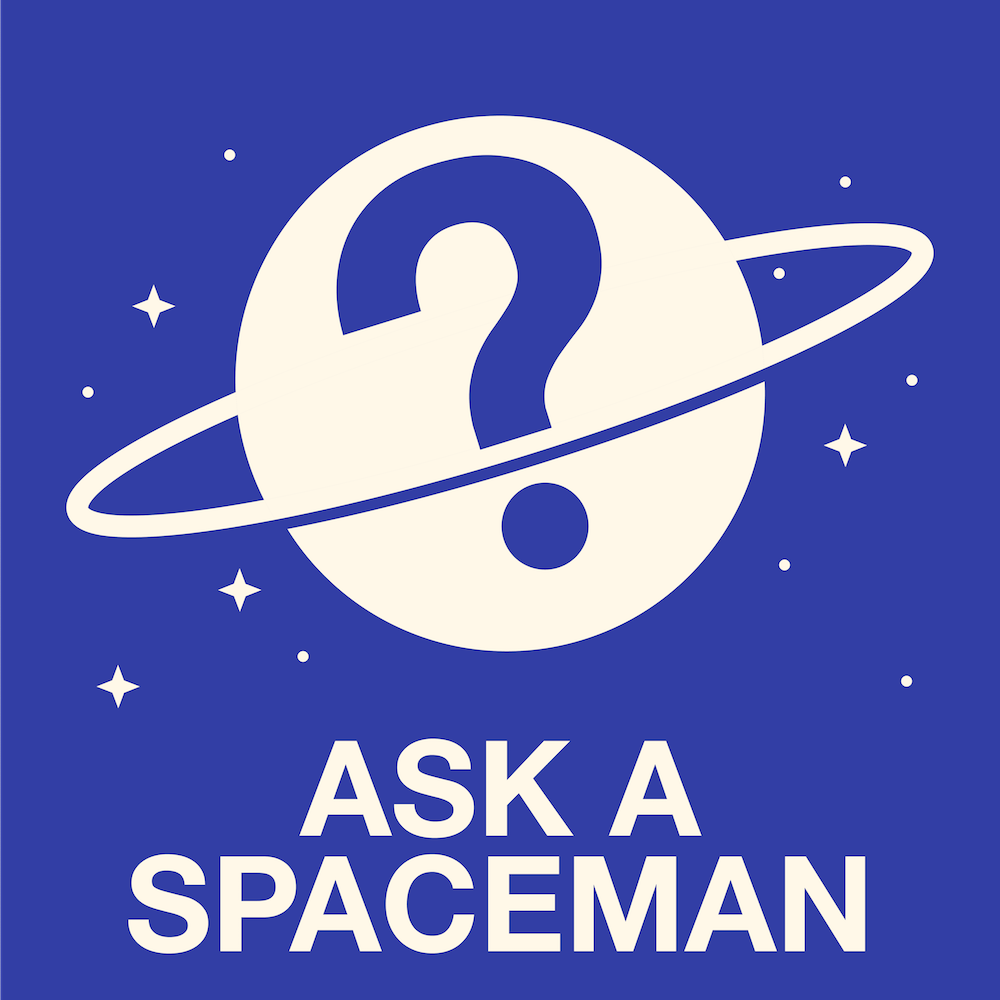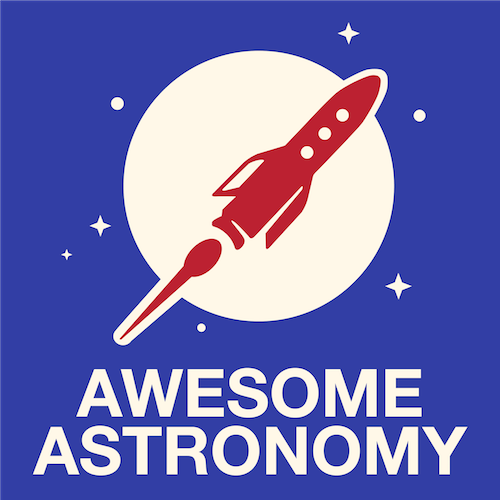June will be warmer, with shorter nights, but still some good events. Watch for Mercury and Mars in a conjunction mid-month, Jupiter up all night long, and some good lunar close encounters.


June will be warmer, with shorter nights, but still some good events. Watch for Mercury and Mars in a conjunction mid-month, Jupiter up all night long, and some good lunar close encounters.

What’s so bad about Venus, besides everything? How did it get so bad? How about Earth? @PaulMattSutter will answer the questions at #365DaysOfAstro

It turns out that the universe is kind of big. If the universe is important are we immortal? Did life happen on Venus and Mars?

April is fairly non-eventful, except for the annual Lyrid meteor shower and some good close encounters between the Moon and Mars, Jupiter, and Saturn, and at least one rocket launch.

A great morning lineup in the beginning of the month, a conjunction mid-month, all the naked-eye planets visible at some point in the month, winter constellations, and a great lineup ending the month is making February look like a GREAT month for naked eye astronomy.

Prepare your instrument for December night sky. Comet Wirtanen will be at its closest approach. And What makes a galaxy? more with @awesomeastropod at #365DaysOfAstro

December! the longest nights will give you plenty of time to observe geminid meteors, lunar close encounters, and conjunction. #365DaysOfAstro with @MrWebbPV

Looking for Venus, Jupiter, Saturn, or Mars? This is your last good month to see all of them at the same time. Also, get ready for some longer nights, a shallow dive into Sagittarius, the Summer Triangle, and Cassiopeia.


August, even with very short nights, will be a great month for watching the four brightest naked-eye planets at sunset, the usual close encounters, and the annual Perseid Meteor Shower.